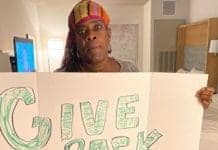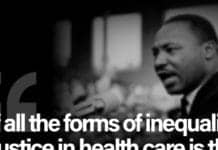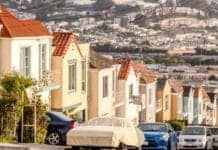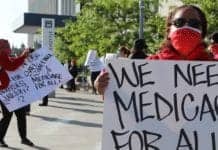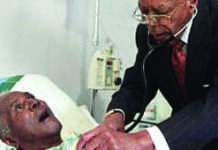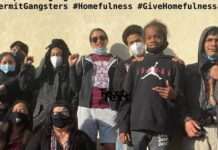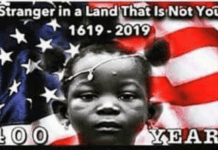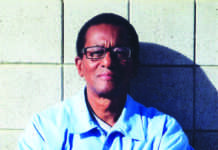
by Barry Hermanson
I first heard of trickle-down economics during Ronald Reagan’s presidency in the 1980s. We were told tax cuts for the rich produce greater local investment. More jobs will be created. Increases in local tax revenues to fund public services will follow. It didn’t turn out that way.
What does that have to do with housing? California State Sen. Scott Wiener, a Democrat from San Francisco, after his SB 50 failed to pass in the last legislative session, vowed to bring it back in 2020.
It is a giveaway to developers with no mandate for affordable housing. In addition, communities will pay for the required new infrastructure and public services.
SB 50 is trickle-down housing. At a recent community housing meeting, someone told me, “I’m tired of getting pissed on.” Unfortunately, in this case, it is worse than that.
Building 80 percent to 100 percent market rate housing gentrifies communities. It raises rents and displaces current residents.
Since the 1960s and ‘70s, Democratic and Republican politicians have promoted the private, for profit real estate industry. Almost no workforce housing has been built. Housing and Urban Development budgets were slashed.
Few Democrats at the state or national level have been advocates for restoring funding. The result? Increasing numbers of people living on our streets. Many more struggle to pay the rent each month.
When federal investment disappeared, the buck was passed to local communities. A bond to support affordable housing was a major issue on the ballot in San Francisco this November. Even though voters supported the bond, it isn’t enough. Making up for 40 years of federal neglect will require much more.
We’ve built more than enough housing for wealthy people. We need affordable housing. Since we have few advocates in Washington, the state must step in.
As I write, the first significant rainfall of the season is sweeping through the San Francisco Bay Area. Overnight temperatures have dropped to the 30s and 40s. It is the worst time to be living on the street.
For many years, a memorial for all the people who have died on the streets of San Francisco has been held on the winter solstice, the longest night of the year. This year, the San Francisco Interfaith Council has announced it will be held two days before the solstice, on Thursday, Dec. 19, United Nations Plaza at 6 pm.
People bring candles and stand in a large circle as names of the dead are read and the sound of a gong is heard. More than 100 names are read every year. How many does it take to get the attention of our elected “leaders”?
Legislation like SB 50 enables luxury development. Gentrification and displacement of current residents will follow. More people will be living on our streets.
More housing should be built in California. Communities need affordable, not market rate. California should fund the workforce housing gap left by the federal government. San Francisco taxpayers can’t do it without much more help from the state.
Barry Hermanson is a member of the San Francisco Green Party County Council and a former small business owner. Contact him at Barry@BarryHermanson.org or 415-255-9494.

 Store
Store



